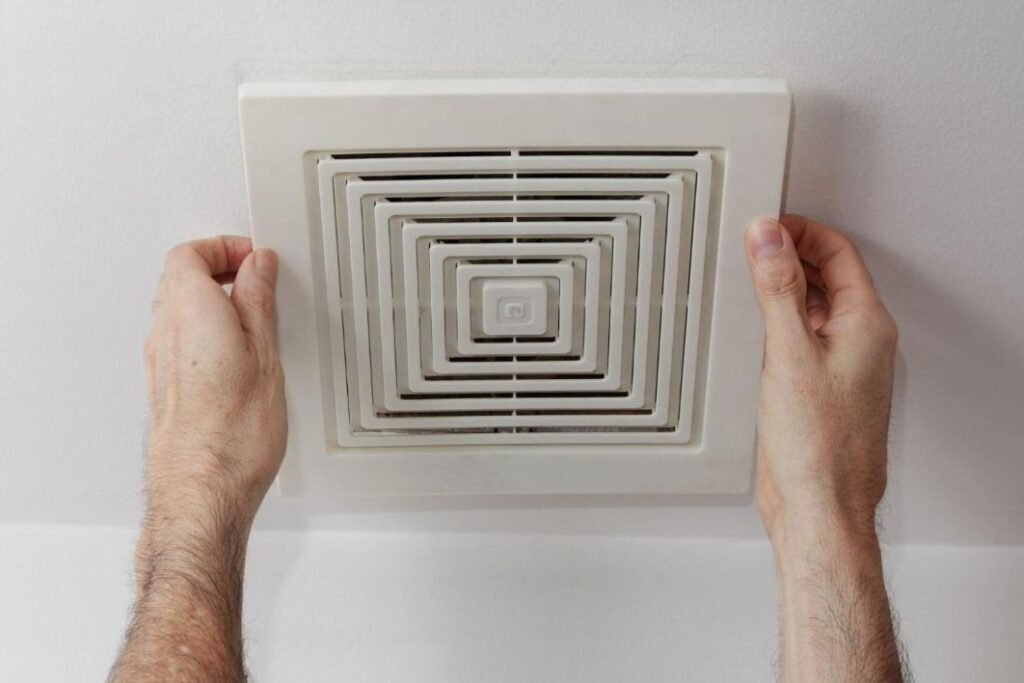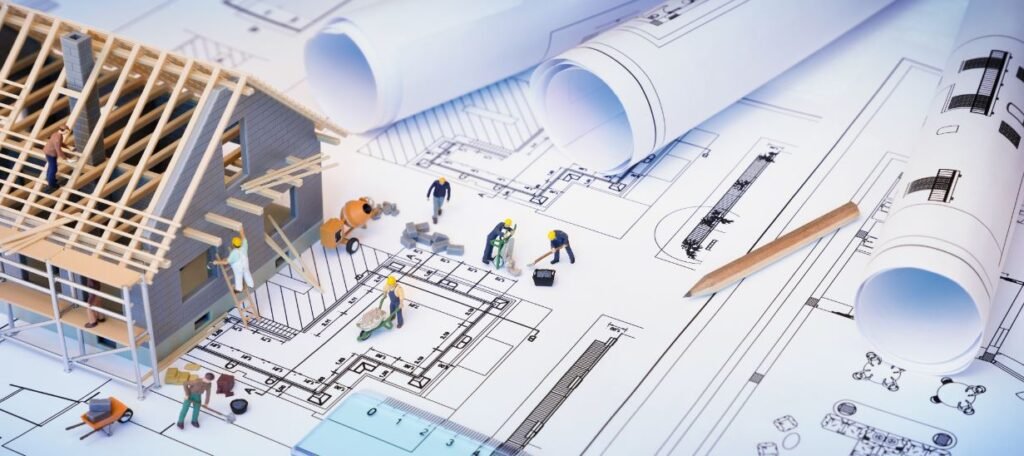Bathroom renovations are one of the most popular home improvement projects, and for good reason. A well-designed bathroom adds comfort, style, and value to your home. However, beyond aesthetics, functionality should be the primary focus when renovating this essential space. With proper planning, your new bathroom can be both beautiful and practical, meeting the needs of your household for years to come.
In this blog, we’ll explore the key functionality considerations you need to keep in mind when renovating your bathroom. From layout optimization to lighting and plumbing, we’ll guide you through the process, and also touch on when to seek professional help to ensure the renovation goes smoothly.
Key Bathroom Functionality Considerations
1. Optimize the Layout for Efficient Use of Space
One of the first and most important steps in a bathroom renovation is optimizing the layout. Whether you’re working with a small powder room or a large master bath, the way you arrange fixtures like the toilet, shower, and sink plays a crucial role in functionality. A well-planned layout ensures smooth traffic flow and makes the bathroom more practical for daily use.
Work With Existing Plumbing
Moving plumbing fixtures can be costly and complicated, so it’s often best to work with the current plumbing layout if possible. By keeping the toilet, sink, and shower in the same locations, you’ll save both time and money.

Create Clear Zones
Organizing your bathroom into distinct zones—for example, separating the shower area from the toilet area—enhances usability and comfort. This is particularly important in shared bathrooms where multiple people may need to use the space at once.
Maximize Space in Small Bathrooms
In smaller bathrooms, smart design is critical. Consider using wall-mounted vanities, corner sinks, or compact toilets to free up floor space. Also, pocket doors or sliding doors can help minimize obstructions in cramped spaces.
When to Call a Professional:
If your renovation involves changing the layout or moving plumbing, it’s best to consult with a professional plumber or contractor. They can assess the feasibility of the new design and make sure the changes are up to code and safe for long-term use.
2. Choose the Right Fixtures for Functionality
The fixtures you choose will determine not only the look of your bathroom but also its functionality. Modern bathroom fixtures come in a wide variety of styles and features, so it’s important to select those that meet your household’s specific needs.

Water-Efficient Toilets
Opting for a water-efficient toilet is both eco-friendly and cost-effective. These toilets use less water per flush, helping you conserve water and lower utility bills without compromising performance.
Functional Sinks and Vanities
The sink and vanity are often the focal points of the bathroom, so they should be both stylish and functional. Consider:
- Undermount Sinks: These create more counter space and are easy to clean.
- Wall-Mounted Vanities: These are ideal for smaller bathrooms as they open up floor space.
- Double Vanities: In larger bathrooms, a double vanity is perfect for shared spaces, allowing two people to use the bathroom simultaneously.
Shower vs. Tub
Consider how your household uses the bathroom. If you rarely take baths, a walk-in shower with a rainfall showerhead may be more functional than a bathtub. However, if you have young children or enjoy soaking in the tub, a combination of both might be ideal.
When to Call a Professional:
Installing plumbing fixtures requires precision and expertise. A licensed plumber can ensure that everything is installed correctly, preventing leaks or malfunctions in the future. This is especially important when dealing with water-efficient fixtures that need to meet specific standards.
3. Focus on Adequate Storage Solutions
Storage is often an overlooked aspect of bathroom design, but it’s crucial for maintaining a tidy and organized space. Without proper storage, even the most beautifully renovated bathroom can quickly become cluttered.
Built-In Storage
Built-in shelves, niches, and cabinets are excellent for keeping towels, toiletries, and cleaning supplies out of sight. Consider adding recessed storage in shower areas or incorporating built-in cabinets above the toilet for additional space.
Vanity Storage
A well-designed vanity should include ample drawer space for toiletries, cosmetics, and grooming tools. Deep drawers or pull-out organizers are especially useful for storing items neatly and conveniently.
Creative Storage Ideas for Small Bathrooms
If you’re working with a small bathroom, think vertically. Add floating shelves or a medicine cabinet to maximize wall space. You can also install hooks or towel bars behind the door to keep towels and robes within easy reach.
When to Call a Professional:
Custom cabinetry and built-ins can dramatically improve storage but often require professional design and installation. A professional carpenter or interior designer can help you create storage solutions tailored to your specific needs and space constraints.
4. Prioritize Ventilation and Humidity Control
Bathrooms are naturally prone to moisture buildup, which can lead to mold, mildew, and long-term damage if not addressed properly. Ensuring proper ventilation and humidity control is a critical functionality consideration during a bathroom renovation.
Install a High-Quality Ventilation Fan
A bathroom fan is essential for removing moisture from the air and preventing humidity-related problems. When selecting a fan, choose one that is appropriately sized for your bathroom to ensure efficient airflow. For larger bathrooms, you may even need multiple fans.

Consider Windows or Skylights
Natural ventilation through windows or skylights can complement mechanical ventilation. If possible, install operable windows to allow fresh air to flow into the bathroom, particularly after showers or baths.
Moisture-Resistant Materials
Using moisture-resistant materials, such as ceramic tile, waterproof paint, and mildew-resistant grout, can further protect your bathroom from humidity damage.
When to Call a Professional:
Ventilation issues can lead to serious problems if not addressed correctly. A professional contractor or HVAC technician can ensure that your ventilation system is up to code and properly installed to avoid moisture buildup.
5. Incorporate Proper Lighting
Lighting plays a significant role in both the functionality and ambiance of your bathroom. A well-lit bathroom is essential for tasks like grooming, applying makeup, and showering. But it should also create a relaxing atmosphere for unwinding after a long day.
Task Lighting
Task lighting is essential for activities like shaving, brushing teeth, or applying makeup. Vanity lights placed above or beside the mirror provide bright, focused light that eliminates shadows.
Ambient Lighting
Ambient lighting provides overall illumination for the room. Recessed ceiling lights or pendant lights work well in bathrooms to create a warm, inviting atmosphere.
Accent Lighting
Accent lighting can be used to highlight design elements, such as a decorative tile backsplash or a freestanding bathtub. Wall sconces or LED strips can add a soft glow to enhance the room’s visual appeal.
When to Call a Professional:
Electrical work, especially in moisture-prone areas like bathrooms, requires a licensed electrician. They can install safe, code-compliant lighting systems that not only improve functionality but also enhance the bathroom’s design.
Achieving the Perfect Balance Between Style and Functionality
When renovating a bathroom, functionality should be at the forefront of your planning process. By optimizing the layout, selecting the right fixtures, incorporating ample storage, and ensuring proper ventilation and lighting, you’ll create a bathroom that not only looks great but works efficiently for your household.
It’s also important to know when to seek professional help. From plumbers and electricians to carpenters and designers, bringing in experts at key stages of your renovation ensures that everything is done safely, meets building codes, and stands the test of time.
By focusing on these key functionality considerations, your bathroom renovation will result in a space that is both practical and enjoyable, meeting the needs of your home for years to come.





